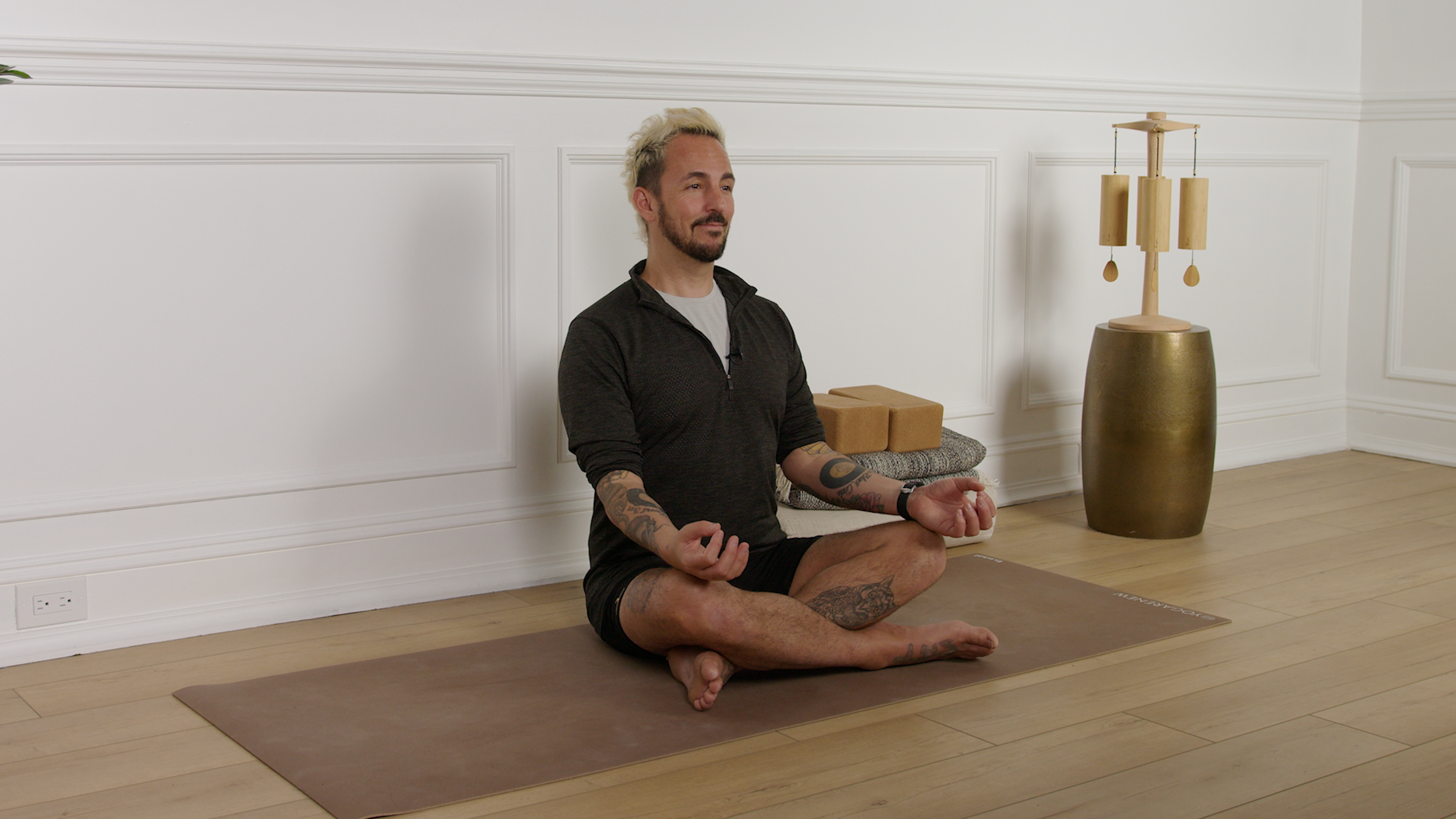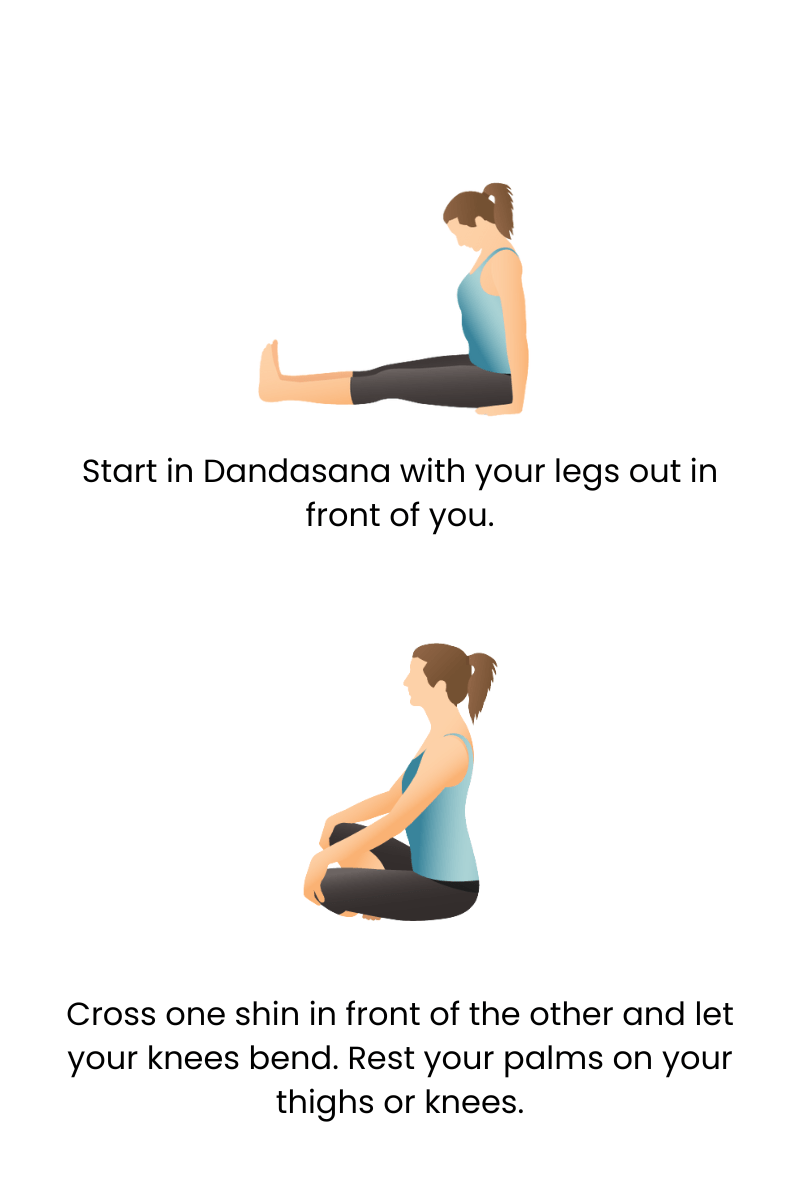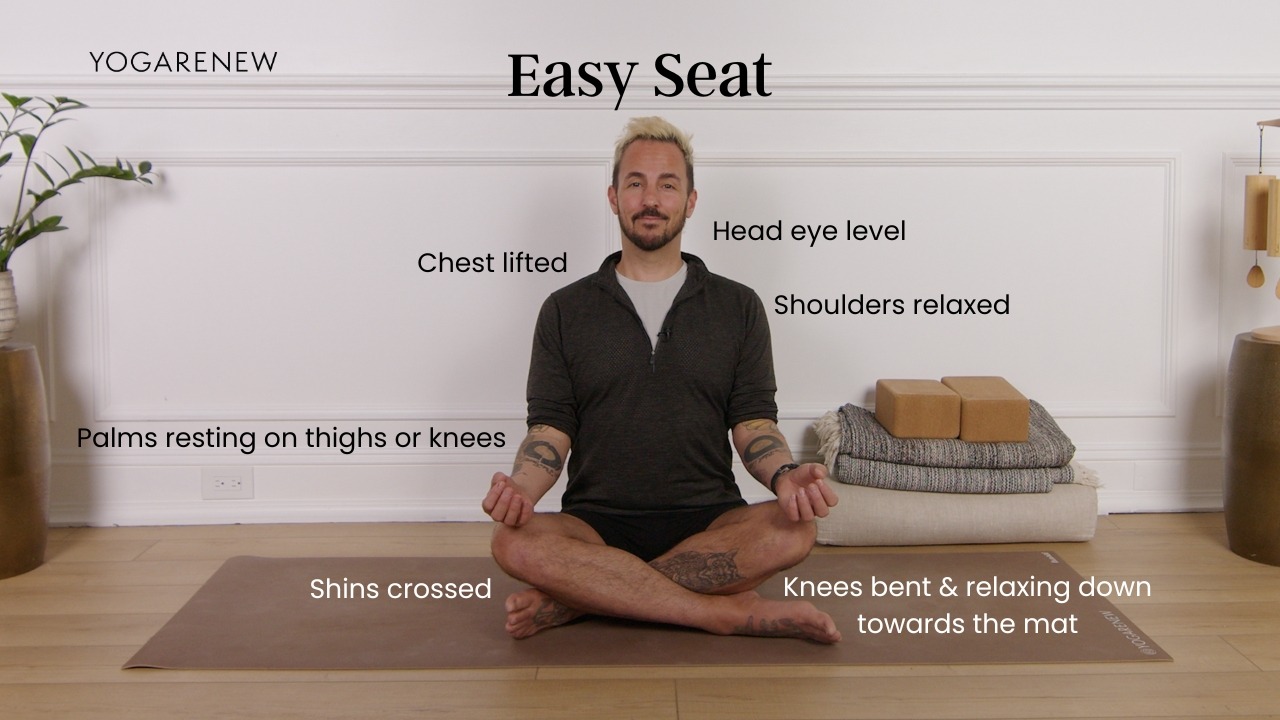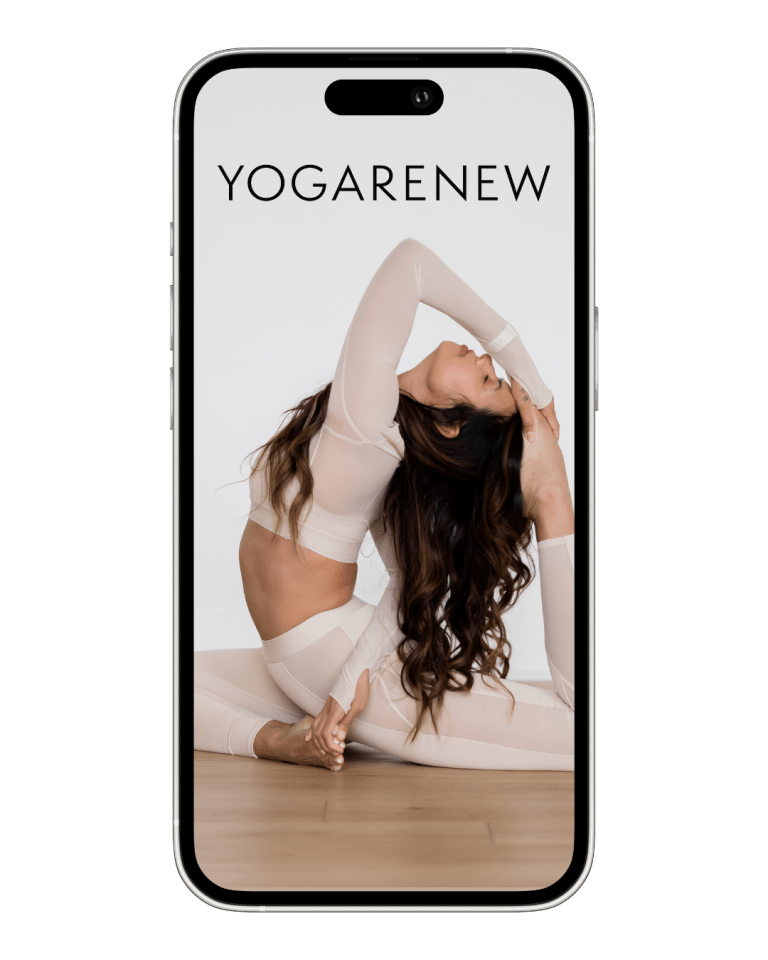What is Easy Seat?
English Name: Easy Seat
Sanskrit Name: Sukhasana (pronounced soo-KAHS-uh-nuh)
Category: Seated Pose, Meditation, Grounding, Beginner-Friendly

English Name: Easy Seat
Sanskrit Name: Sukhasana (pronounced soo-KAHS-uh-nuh)
Category: Seated Pose, Meditation, Grounding, Beginner-Friendly
Easy Seat, or Sukhasana, is a simple cross-legged seated pose that promotes stillness, groundedness, and inner calm. Though its name implies ease, maintaining this posture with proper alignment and mindful breathing takes both awareness and practice. It’s commonly used for meditation, pranayama (breathwork), or the start and end of a yoga session.
While Sukhasana may appear basic, it invites the practitioner to turn inward, focus on the breath, and find a stable foundation in the body. With the spine tall and legs gently crossed, it encourages physical steadiness and mental clarity. Modifiable for all body types, Easy Seat supports a relaxed yet alert presence—on and off the mat.


1. Knee or Hip Pain: Cross-legged sitting may aggravate joint discomfort
2. Spinal Issues: Sitting unsupported can strain the lower back
3. Tight Hips or Groin: May cause pulling or imbalance—use props to support
4. Circulation Problems in Legs: Long holds can impede blood flow
5. Sciatica: Sitting on the floor without support may irritate the nerve
Easy Seat may seem deceptively simple, but its value lies in the internal stillness it cultivates. It provides a steady and supportive foundation for practices like meditation, pranayama, or simply resting the body and mind. With consistent use of Sukhasana, you can improve posture, enhance breathing, and develop a grounded presence—essential qualities in both yoga and daily life.
Not always. While it’s accessible, some people need props or alternatives due to joint or flexibility limitations.
Yes—but it’s best to use props and alternate leg positions regularly to maintain comfort.
Try sitting on a cushion or against a wall, or alternate with reclining poses like Reclined Bound Angle.

Explore classes & pose tutorials for any style, format, duration or experience level with a free account in the YogaRenew app. Or subscribe and gain access to workshops, live classes and more.